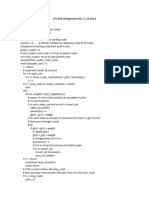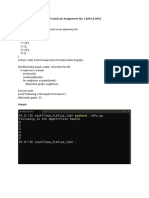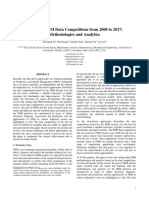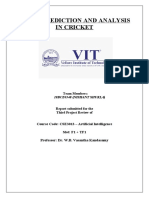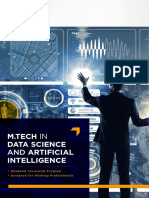0% found this document useful (0 votes)
10 views19 pagesDeep Learning Notes
Machine Learning (ML) is a subset of Artificial Intelligence that allows systems to learn from data and make predictions without explicit programming, widely applied in various fields such as healthcare and finance. It includes types like supervised, unsupervised, and semi-supervised learning, each with distinct characteristics and applications. Deep Learning (DL), a subset of ML, utilizes artificial neural networks to solve complex problems and has transformed areas like computer vision and natural language processing.
Uploaded by
Avadhut KaleCopyright
© © All Rights Reserved
We take content rights seriously. If you suspect this is your content, claim it here.
Available Formats
Download as PDF, TXT or read online on Scribd
0% found this document useful (0 votes)
10 views19 pagesDeep Learning Notes
Machine Learning (ML) is a subset of Artificial Intelligence that allows systems to learn from data and make predictions without explicit programming, widely applied in various fields such as healthcare and finance. It includes types like supervised, unsupervised, and semi-supervised learning, each with distinct characteristics and applications. Deep Learning (DL), a subset of ML, utilizes artificial neural networks to solve complex problems and has transformed areas like computer vision and natural language processing.
Uploaded by
Avadhut KaleCopyright
© © All Rights Reserved
We take content rights seriously. If you suspect this is your content, claim it here.
Available Formats
Download as PDF, TXT or read online on Scribd
/ 19



























































